Emerging Trends in 2025: The Ultimate Guide to Plastic Film Rolls for Food Packaging
As we move toward 2025, the food packaging industry is poised for significant transformation, driven largely by advancements in materials and consumer demand for sustainability. Plastic Film Roll for Food Packaging has emerged as a crucial component in this evolution, representing a market projected to reach USD 40.86 billion by 2025, according to a recent report by Grand View Research. This surge in demand is not only attributed to the need for durability and flexibility in food preservation but also reflects the growing preference for lightweight and cost-effective packaging solutions that maintain product freshness and appeal.
Furthermore, the emergence of innovative technologies and the increasing focus on reducing food waste are reshaping the landscape of food packaging. For instance, a study published by MarketsandMarkets indicates that the global flexible packaging market, which includes Plastic Film Roll for Food Packaging, is anticipated to grow at a CAGR of 4.6% from 2020 to 2025. This growth underscores the importance of selecting the right materials, as manufacturers seek to improve the recyclability and eco-friendliness of their products. In this guide, we will explore the key trends, technologies, and considerations for utilizing plastic film rolls in food packaging, equipping industry stakeholders for the challenges and opportunities that lie ahead.
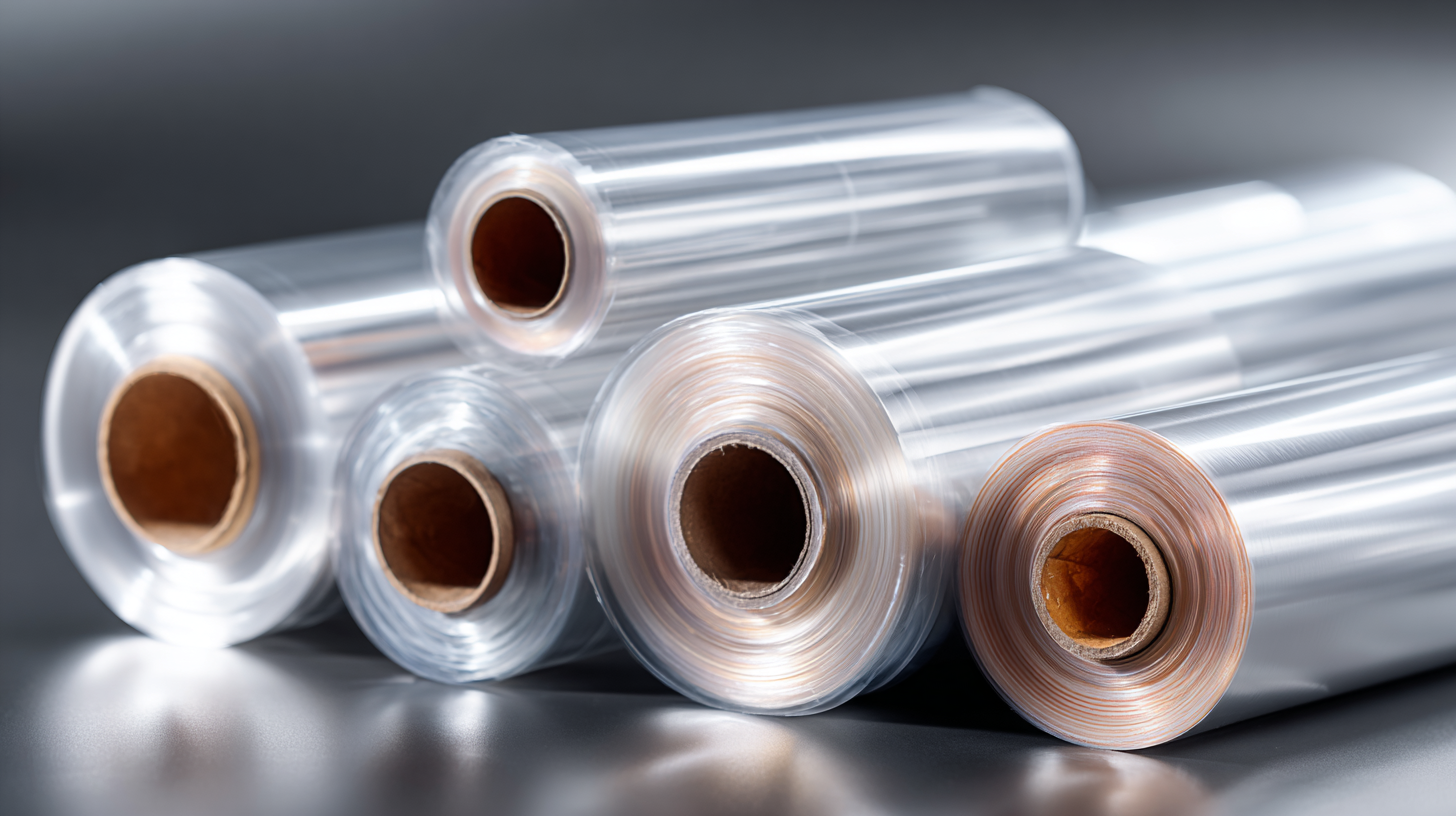
Innovative Materials Transforming Plastic Film Rolls for Food Packaging
As we approach 2025, the food packaging industry is set to undergo remarkable transformations, particularly in the realm of plastic film rolls. Innovative materials are leading the charge in enhancing the functionality, sustainability, and safety of food packaging solutions. Biodegradable films made from plant-based resources are gaining popularity, providing an eco-friendly alternative while maintaining the essential barrier properties that protect food from spoilage. These advancements not only meet consumer demand for sustainable products but also comply with stringent regulations aimed at reducing plastic waste.
Tips for choosing the right plastic film rolls include evaluating materials based on their environmental impact and performance characteristics. Look for films with certifications indicating they are compostable or recyclable. Additionally, consider the specific needs for food preservation—films with enhanced oxygen and moisture barriers can extend shelf life significantly. With these considerations, brands can not only elevate their packaging strategy but also contribute to a greener future.
Another exciting trend is the incorporation of smart technology into plastic film rolls. Features such as temperature indicators and fresh sensing capabilities are being embedded into packaging materials. This technology allows both manufacturers and consumers to monitor food freshness, reducing waste and enhancing safety. By embracing these innovative materials and technologies, the food packaging industry can create smarter, more sustainable solutions that align with consumer values.
Sustainability Trends: Biodegradable and Compostable Film Options
As we move toward 2025, the food packaging industry is witnessing a significant shift towards sustainability, particularly in the realm of plastic film rolls. The demand for biodegradable and compostable film options is growing as consumers become increasingly aware of the environmental impact of traditional plastics. Manufacturers are responding by developing innovative materials that decompose naturally, reducing the burden of plastic waste on our planet.
Biodegradable films are designed to break down through natural processes, typically in industrial composting facilities, where specific conditions accelerate decomposition. These films can be made from plant-based materials such as corn starch or cellulose, providing a viable alternative to conventional petroleum-based plastics. On the other hand, compostable films not only decompose but also enrich the soil, making them an ideal choice for organic food packaging. As companies embrace these alternatives, they are not only meeting consumer demands but also contributing to a more sustainable future in food packaging.
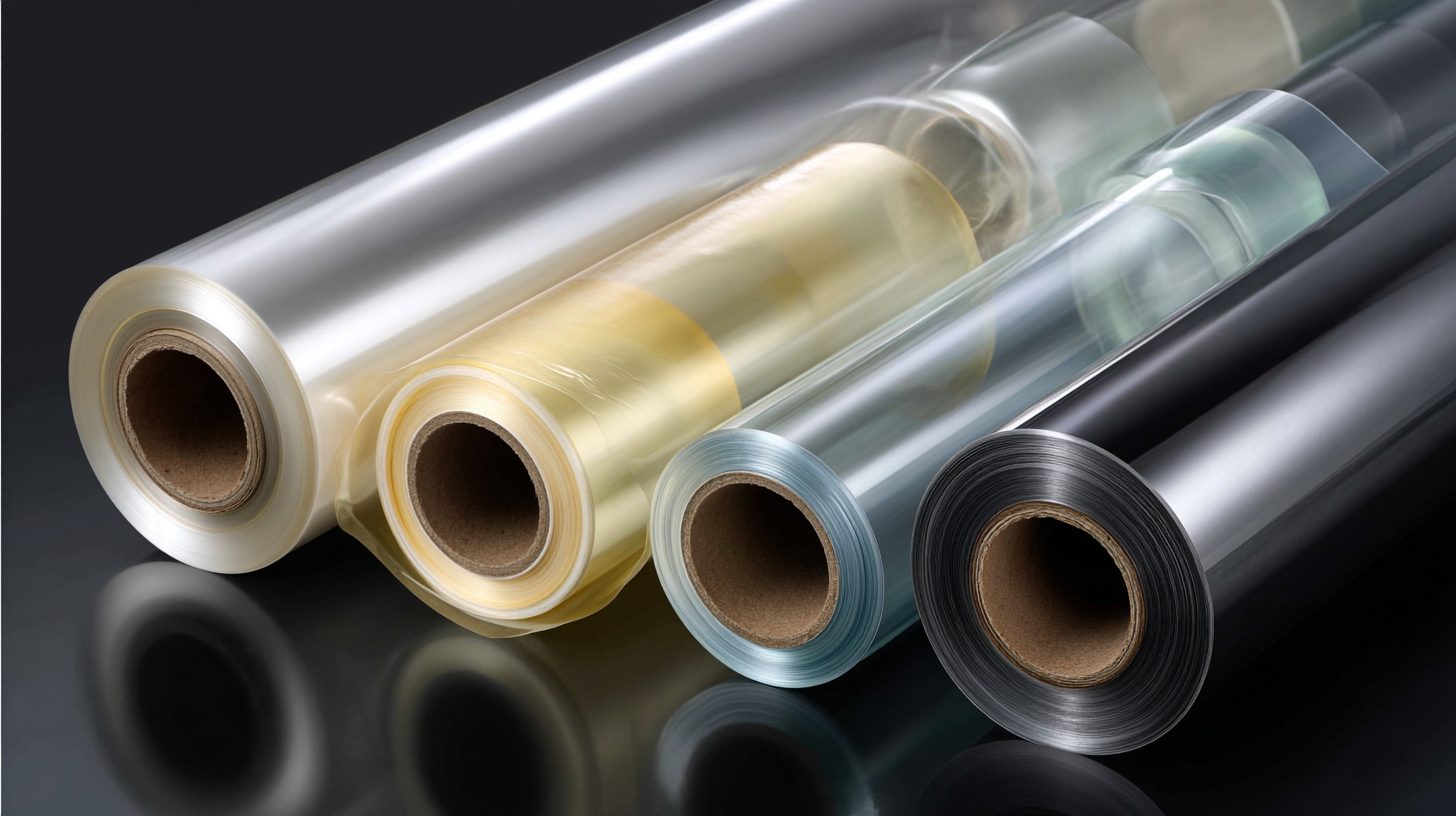
Advancements in Barrier Technologies for Prolonged Freshness
As the food packaging industry evolves, advancements in barrier technologies are leading the way toward enhanced freshness and longer shelf life for products. In 2025, innovations in plastic film rolls are set to redefine how food is packaged, ensuring that products remain uncontaminated and retain their intended quality for extended periods. These advanced barrier films are engineered to effectively repel gases, moisture, and light, which are often the culprits behind food spoilage.
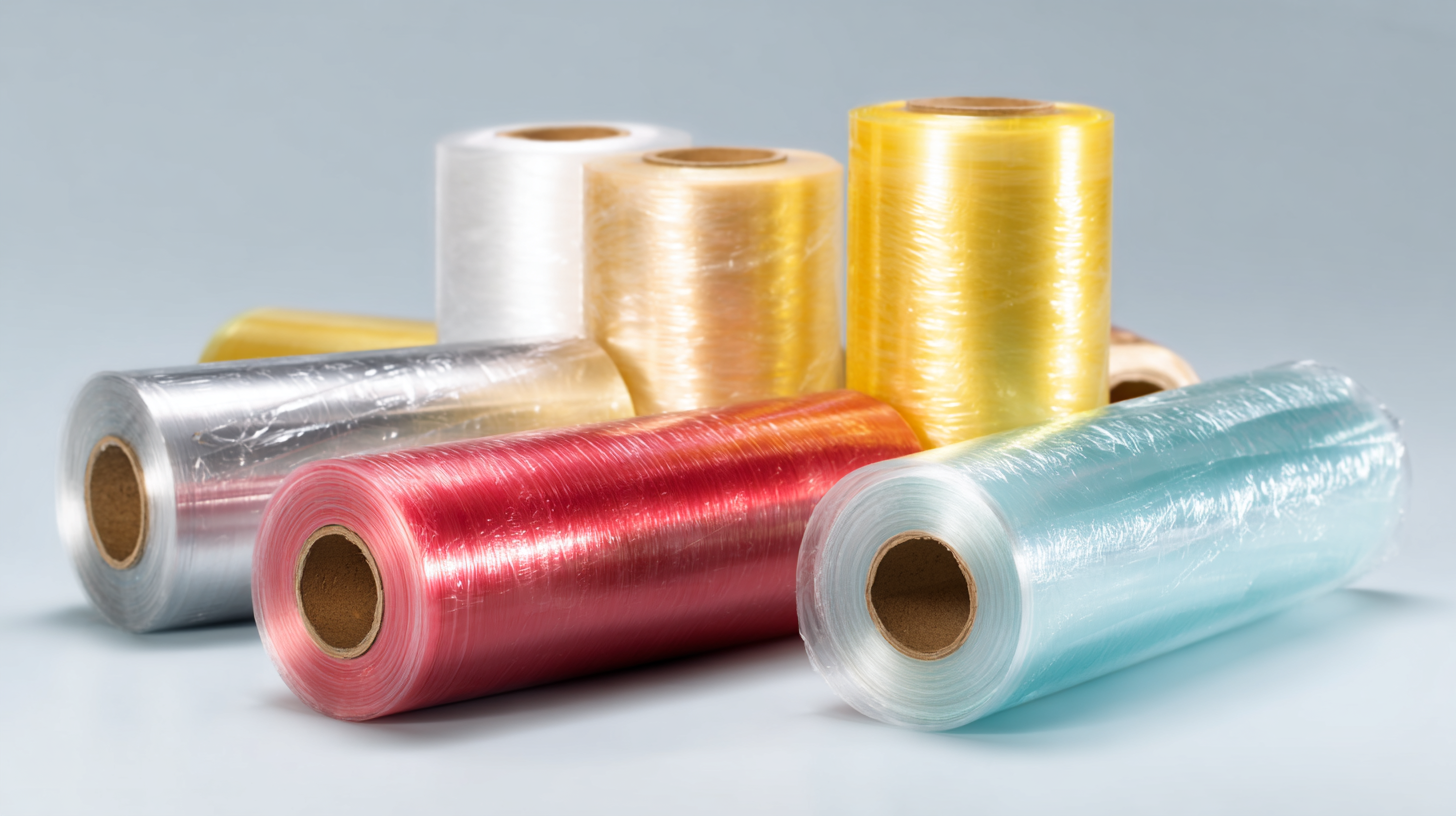
Recent developments in material science have introduced multi-layer barrier films that combine various polymers to create a superior protective layer. These films not only safeguard against oxygen and carbon dioxide but also incorporate antimicrobial properties, providing an additional defense against spoilage. Furthermore, the incorporation of biodegradable materials into these films aligns with the growing demand for sustainable packaging solutions. As manufacturers embrace these advanced barrier technologies, consumers can expect to enjoy fresher, safer, and more environmentally friendly food packaging options in the near future.
Smart Packaging Solutions: Integration of IoT with Plastic Films
As we move towards 2025, the integration of the Internet of Things (IoT) with plastic films is poised to revolutionize smart food packaging solutions. The shift towards automated packaging solutions is not only enhancing operational efficiencies but also providing robust tracking capabilities that allow consumers and businesses to monitor the freshness and safety of food products. This technological convergence is set to drive significant growth in the smart food packaging market, which is projected to expand at a CAGR of over 6.4% from 2025 to 2034, highlighting an increasing consumer demand for features such as temperature control and tamper detection.
Moreover, the converted flexible packaging market is on the rise, with expectations to reach around USD 374.06 billion by 2034. The demand for sustainable and convenient packaging solutions is pushing manufacturers to innovate with plastic films that are not only functional but also environmentally friendly. Active packaging, which can extend shelf life and maintain food quality, is becoming a key trend, showcasing how smart packaging solutions are evolving to meet both consumer preferences and sustainability goals. As the market dynamics shift, the role of IoT in enhancing these packaging solutions will be critical in shaping the future of food safety and consumer satisfaction.
Consumer Preferences Driving Design Changes in Food Packaging Films
As consumer preferences continue to evolve, the food packaging industry is witnessing significant design changes, particularly in the realm of plastic film rolls. A recent report by Smithers Pira highlights that the global demand for flexible packaging is projected to reach $300 billion by 2025, driven by the increasing popularity of convenience foods and the growing emphasis on sustainability. These shifts are prompting manufacturers to innovate packaging solutions that not only meet consumer needs but also align with environmental goals.
Modern consumers are increasingly eco-conscious, prompting brands to explore biodegradable and recyclable materials. A survey by Packaging Insights found that over 70% of consumers prefer packaging made from sustainable materials. This trend is leading to the development of new film technologies, such as compostable films and films with reduced plastic content, which appeal to environmentally aware shoppers. Additionally, advancements in barrier technologies are ensuring that food freshness is maintained without sacrificing sustainability. The emphasis on transparency and traceability in packaging design is also impacting consumer trust, making it essential for brands to communicate their sustainability efforts clearly. Such industry shifts are laying the groundwork for the future of food packaging in a rapidly changing market.
Emerging Trends in 2025: The Ultimate Guide to Plastic Film Rolls for Food Packaging
| Trend | Description | Consumer Preference Impact | Sustainability Aspect |
|---|---|---|---|
| Biodegradable Films | Films made from materials that break down in the environment. | Growing demand for eco-friendly packaging. | Reduces plastic waste in landfills. |
| Smart Packaging | Integration of sensors to monitor food freshness. | Consumers desire greater food safety and transparency. | Minimizes food waste due to better freshness tracking. |
| Recyclable Films | Packaging films designed to be recyclable after use. | Consumers increasingly prefer recyclable options. | Encourages a circular economy in packaging. |
| Customizable Graphics | Films that allow for unique designs to attract consumers. | Visual appeal is essential for consumer purchase decisions. | Enhances brand identity without additional material waste. |
| Active Packaging | Packaging that interacts with the food to prolong shelf life. | Consumers looking for longer freshness and quality assurance. | Reduces food spoilage and waste. |
Related Posts
-

Emerging Technologies in Food Packaging for 2025 with Best Plastic Film Rolls
-
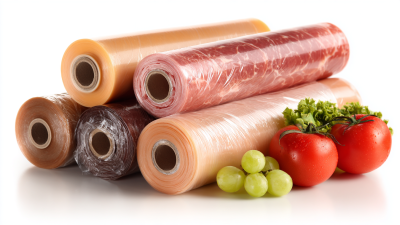
Global Trends in Food Packaging: 2025 Market Insights & Case Studies on Best Food Packaging Roll Plastic Film
-
Innovative Trends in Food Packaging Roll Plastic Film Driving Sustainability and Reducing Waste
-
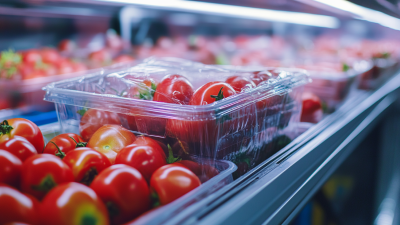
Maximizing Freshness and Safety with Innovative Plastic Roll for Food Packaging Solutions
-
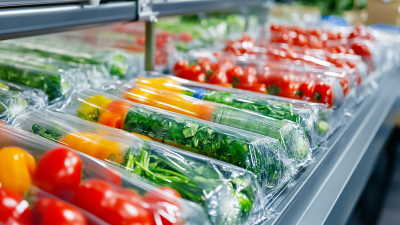
Innovative Trends in Food Packaging Plastic Roll Market Driving Sustainability and Efficiency
-
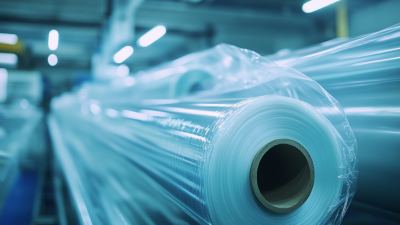
Global Leaders in Food Safety: Discover the Finest Plastic Rolls From China

 中国
中国
